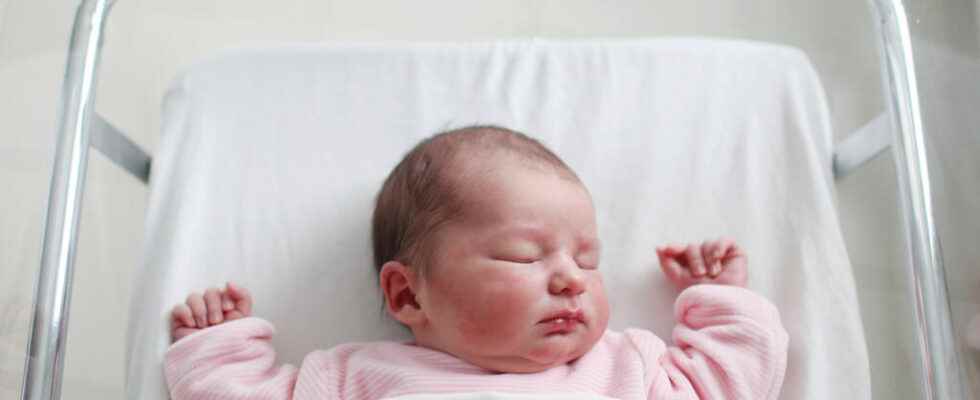In 2022, there were 723,000 births in France, the lowest number over a year since 1946, according to the National Statistical Institute (Insee).
France had more than 68 million inhabitants on January 1, 2023, an increase of 0.3% over one year, limited by a drop in the birth rate and a high level of mortality, said Tuesday. the National Statistical Institute (INSEE). The French birth rate is at its lowest. In 2022, 723,000 babies were born (19,000 less than in 2021), the lowest number over one year since 1946. Over the same period, 667,000 deaths were recorded (5,000 more than in 2021 ). At issue: the aging of the population combined with the consequences of the pandemic and heat waves.
Result: the natural balance of the French population, i.e. the difference between the number of births and deaths, remained positive (+56,000 people), but it is the “ lowest level since the end of World War II “, specifies INSEE in its annual demographic report.
The growth of the French population was also driven by net migration (+161,000 people), i.e. the difference between the number of people entering and leaving the territory.
Fertility decline
In detail, the decline in births is mainly explained by the decline in fertility. The fertility rate stood at 1.80 children per woman last year, down from 1.84 in 2021. It had fallen every year between 2015 and 2020, after hovering around two children per woman between 2006 and 2014 However, France remained in 2020 – the last possible comparison – the most fertile country in the European Union (1.82 children per woman), ahead of Romania (1.80).
As regards the number of deaths in France, in 2022, it is barely lower than that of 2020 (-0.3%), a year marked by the Covid-19 epidemic and significantly higher than that of 2019 (+ 8.8%). As for life expectancy at birth, it stood at 85.2 years for women and 79.3 years for men, levels close to those of 2021 and still 0.4 years lower than those of of 2019, before the pandemic.
(With AFP)
